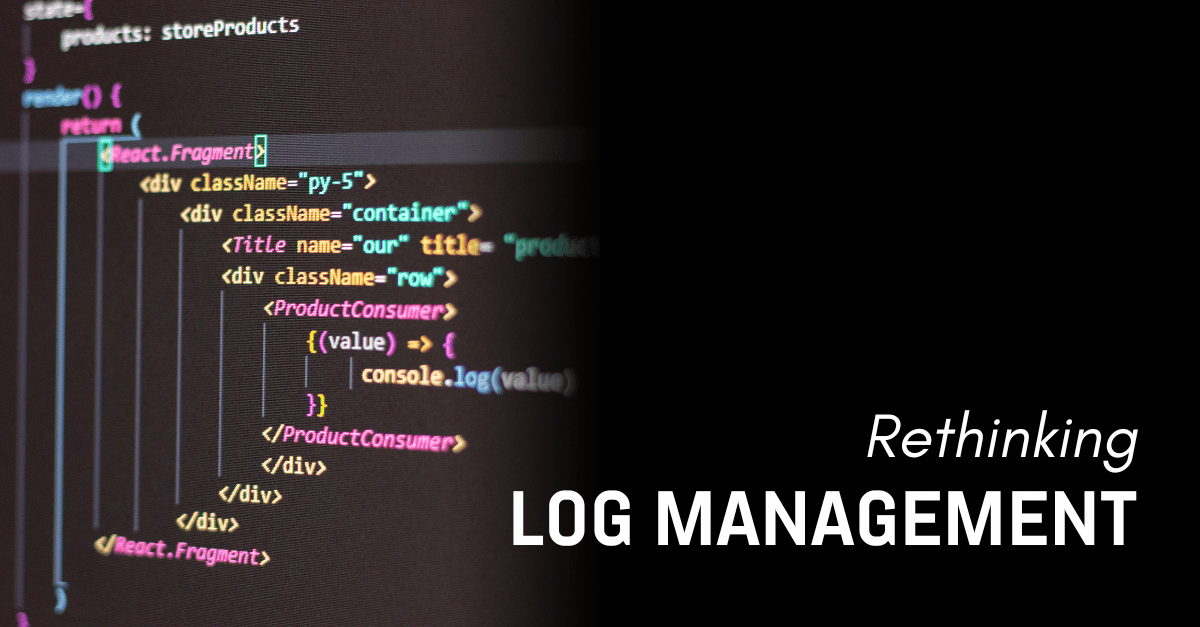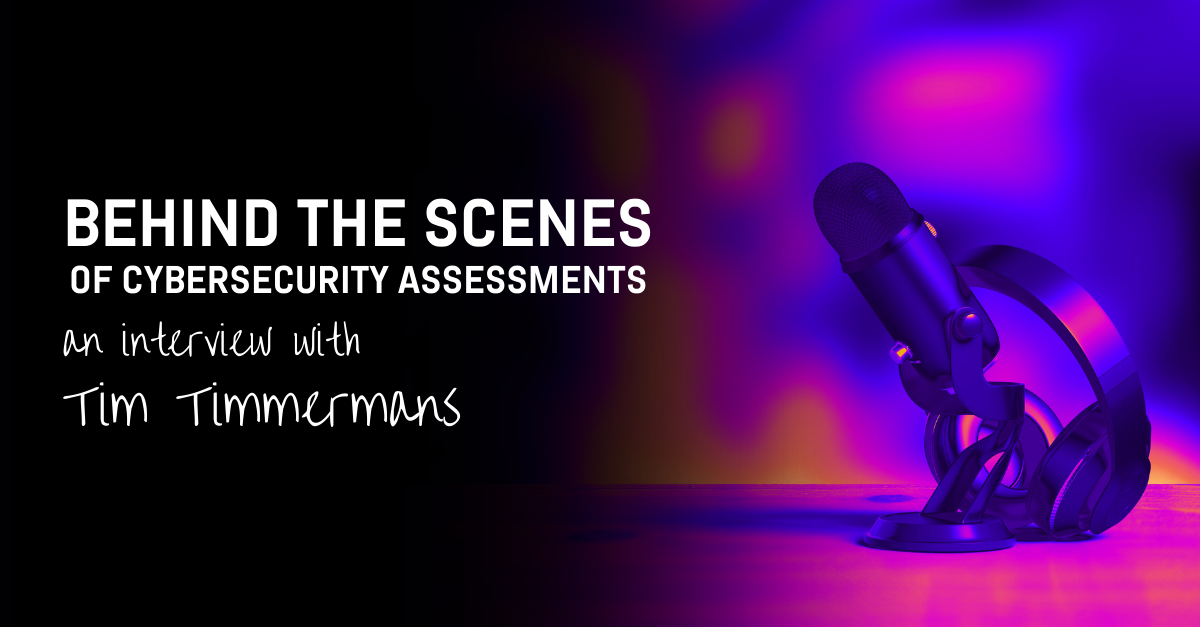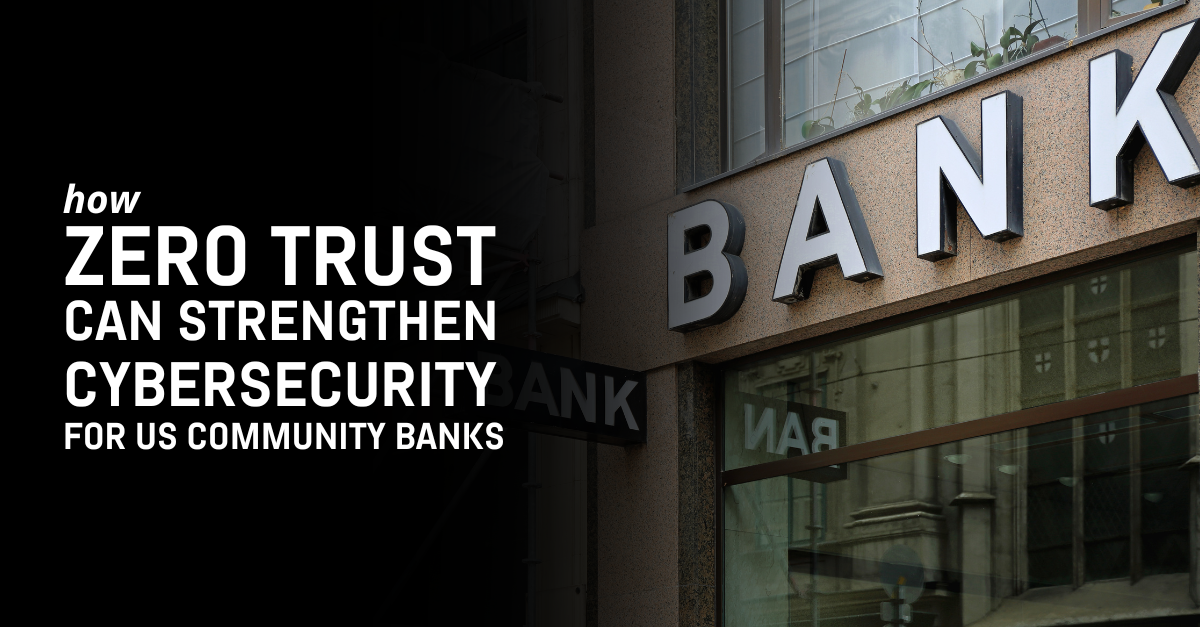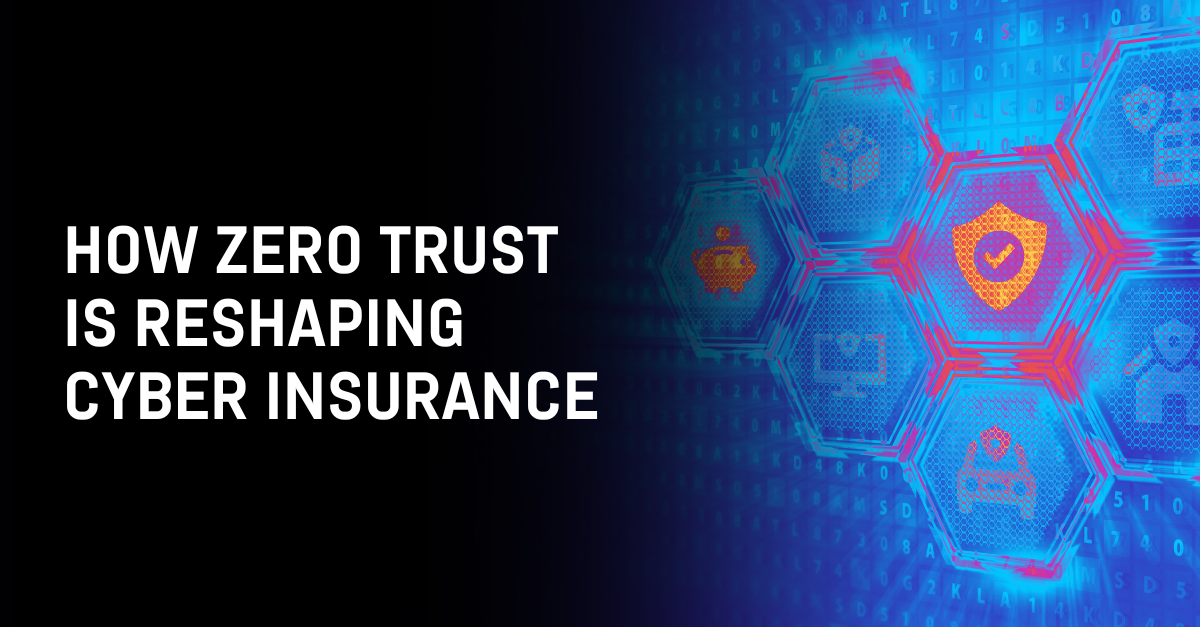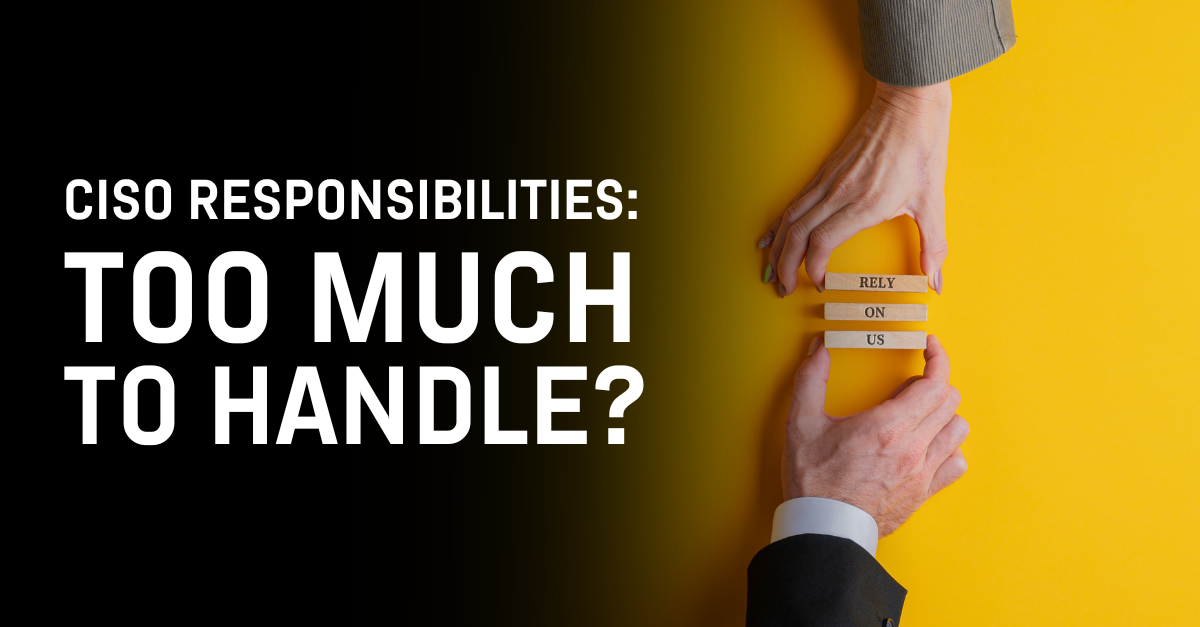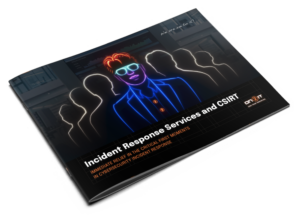Zero Trust
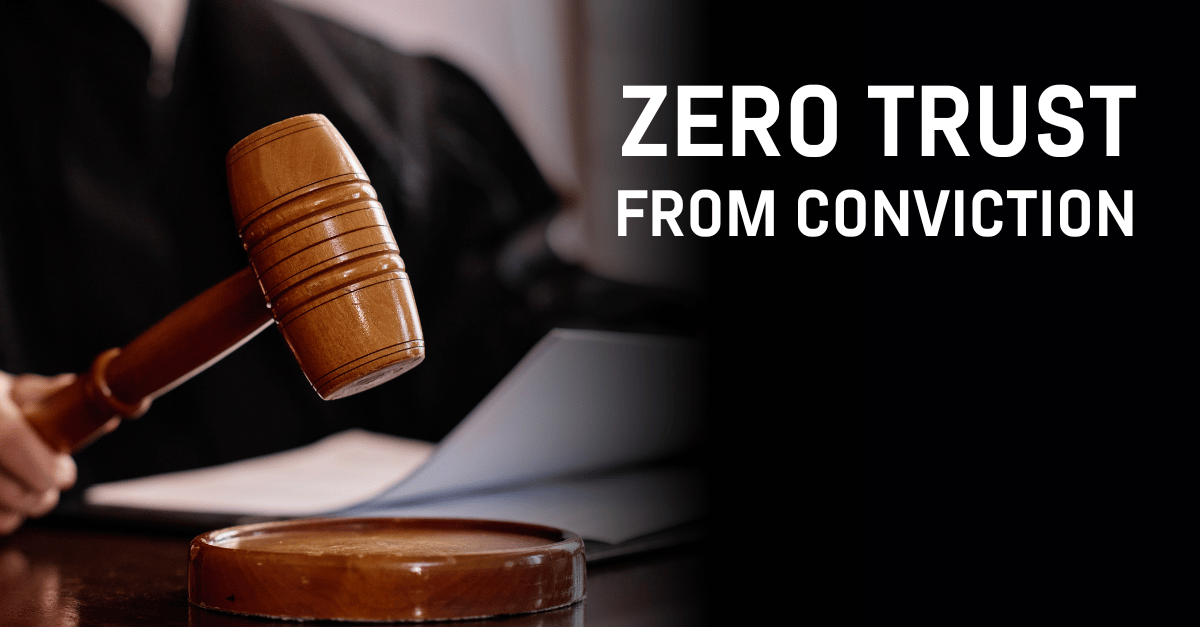
Security isn’t about locking doors after intruders have come and gone. It’s about designing a world where they never get in. Imagine waking up to find someone’s broken into your house. You change the locks, install cameras, maybe even adopt a loud dog. But deep down, you know the truth: you acted too late. That’s … Read more
Threat InTEL
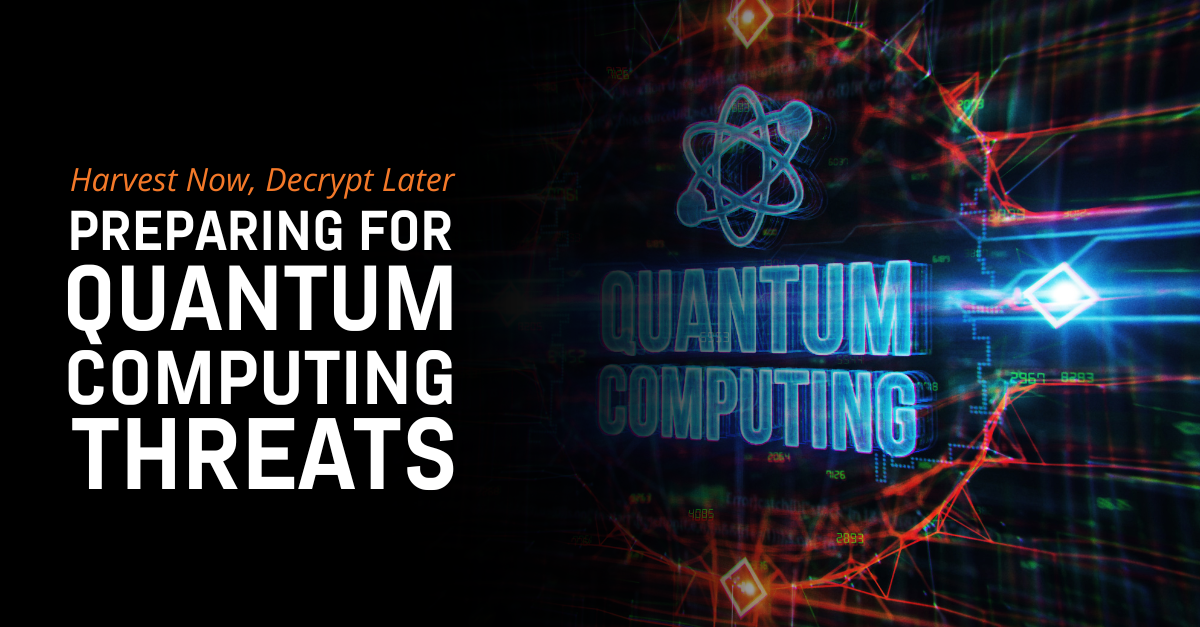
Attackers exploit current cryptographic vulnerabilities. Malicious actors intercept encrypted communications, store them indefinitely, and wait patiently for quantum advancements to render encryption obsolete. This might raise a natural question: why would someone care about decrypting data a decade from now?
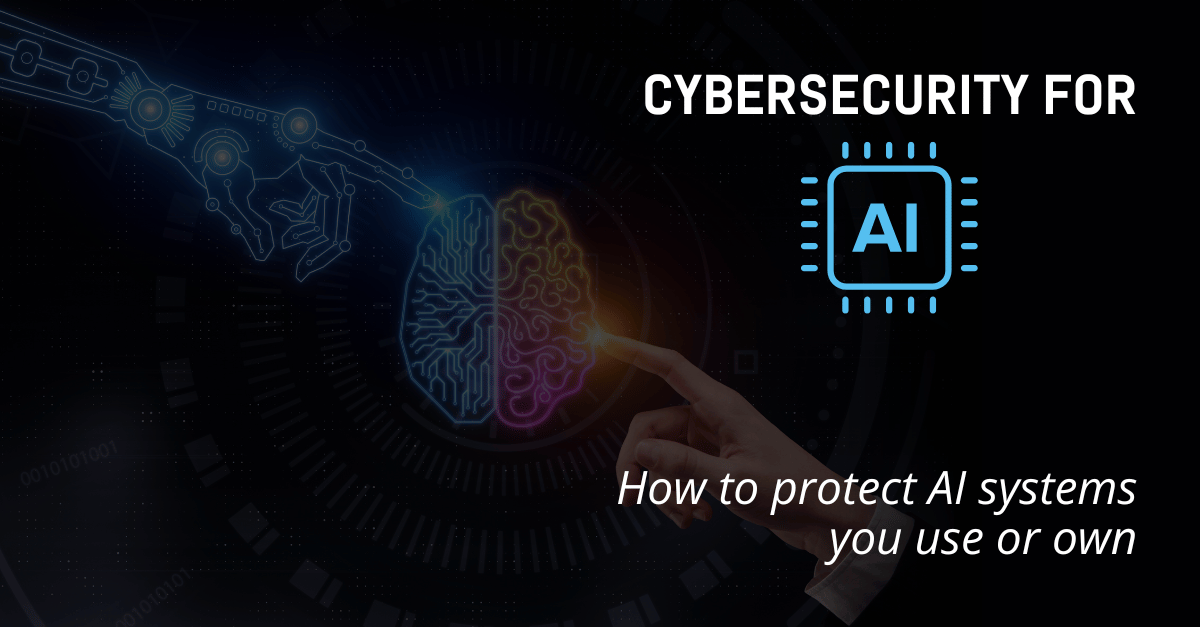
An employee asks if they can deploy their own AI agent to process internal documents. They’ve found one that runs effortlessly via a cloud service and “just needs access to the shared folder.” Sounds convenient, but what if that agent starts leaking sensitive data to third parties? What if the source code or the model … Read more
Business & Technology

Attackers exploit current cryptographic vulnerabilities. Malicious actors intercept encrypted communications, store them indefinitely, and wait patiently for quantum advancements to render encryption obsolete. This might raise a natural question: why would someone care about decrypting data a decade from now?
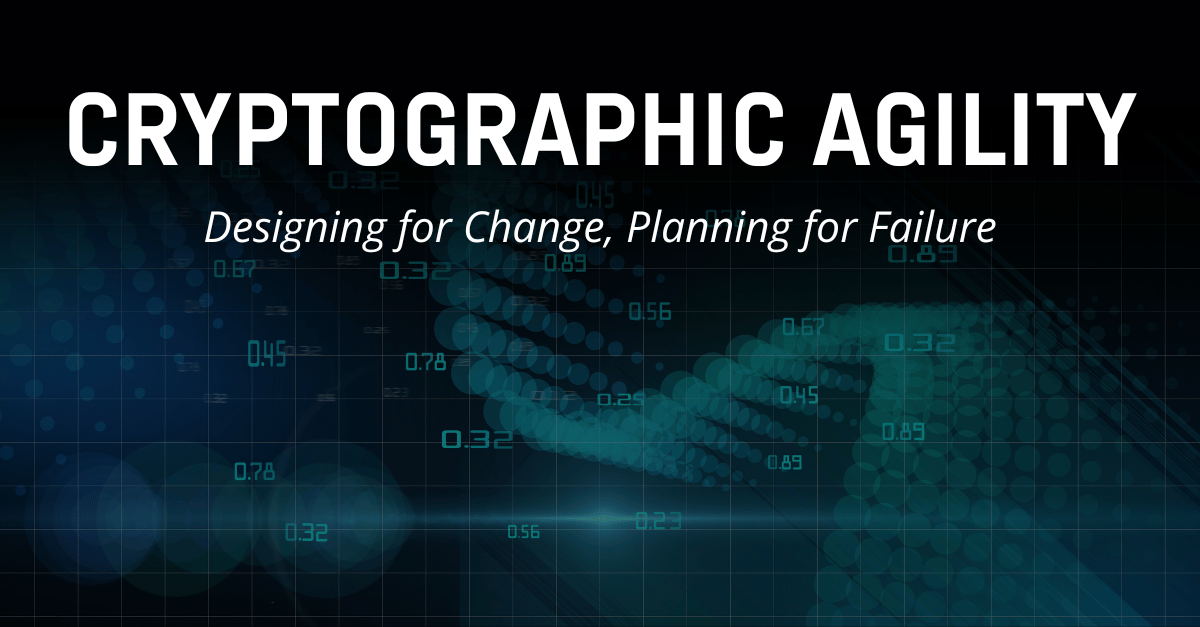
Indecision is the basis of flexibility. WHAT IS CRYPTOGRAPHIC AGILITY? Cryptographic agility is the principle of designing systems in a way that allows cryptographic algorithms and protocols to be swapped out with minimal friction. Is opposite is hardcoding: rather than embedding a specific algorithm like RSA or SHA-256 deep within your application, you externalize it, … Read more
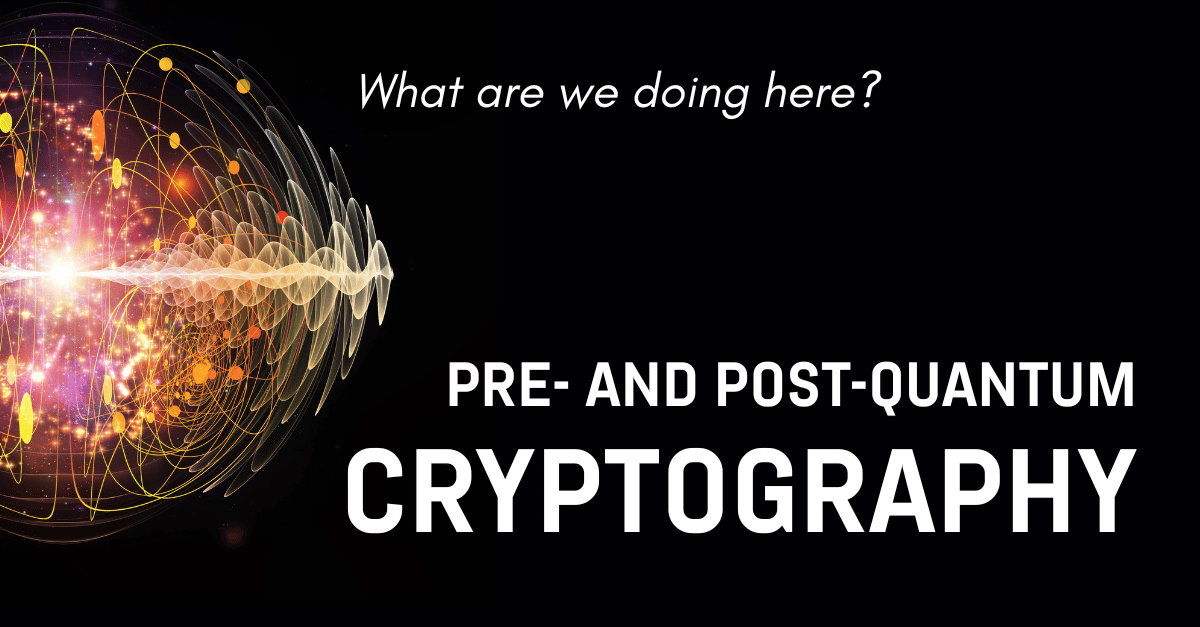
And when you look along the way we’ve come, there are spirals of vultures wheeling. — Bruce Chatwin, The Songlines (2012) THE NEED FOR SECURITY Sometimes we need a gentle reminder of harsh realities. Security isn’t a luxury item; security is a basic precondition for survival. At the very basis of the pyramid formed by … Read more
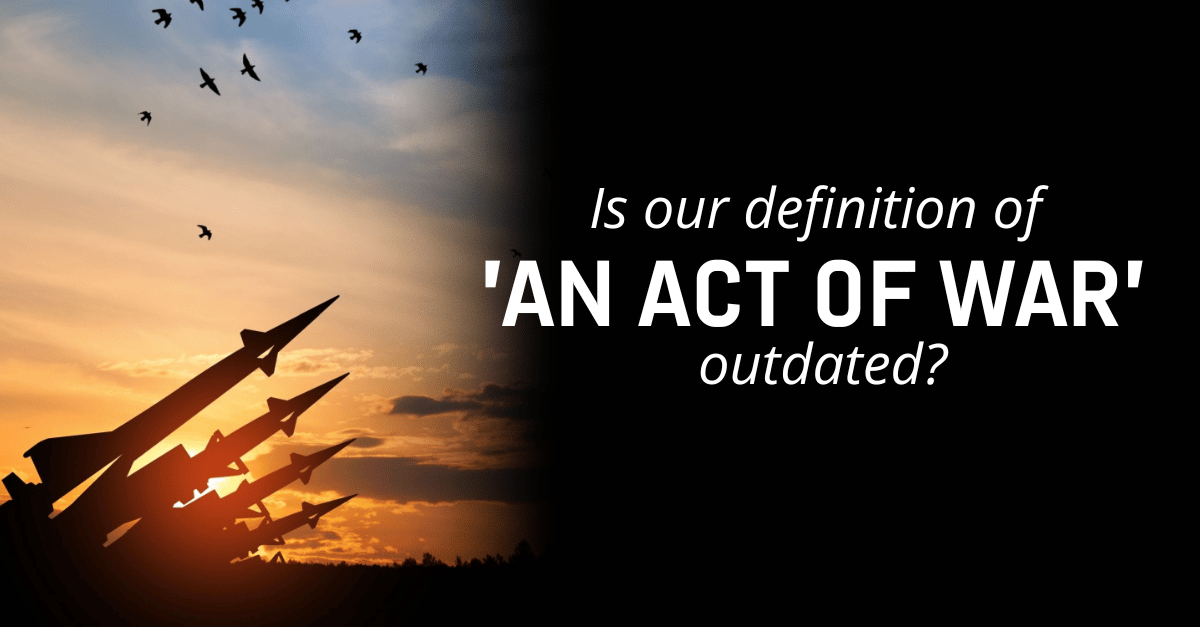
When we think of war, most of us picture something loud and visible. Tanks rolling through fields, soldiers in uniform, fighter jets in the sky. It’s an image shaped by decades of physical conflict. And one that still holds true in many parts of the world. But today, some of the most serious attacks do … Read more
